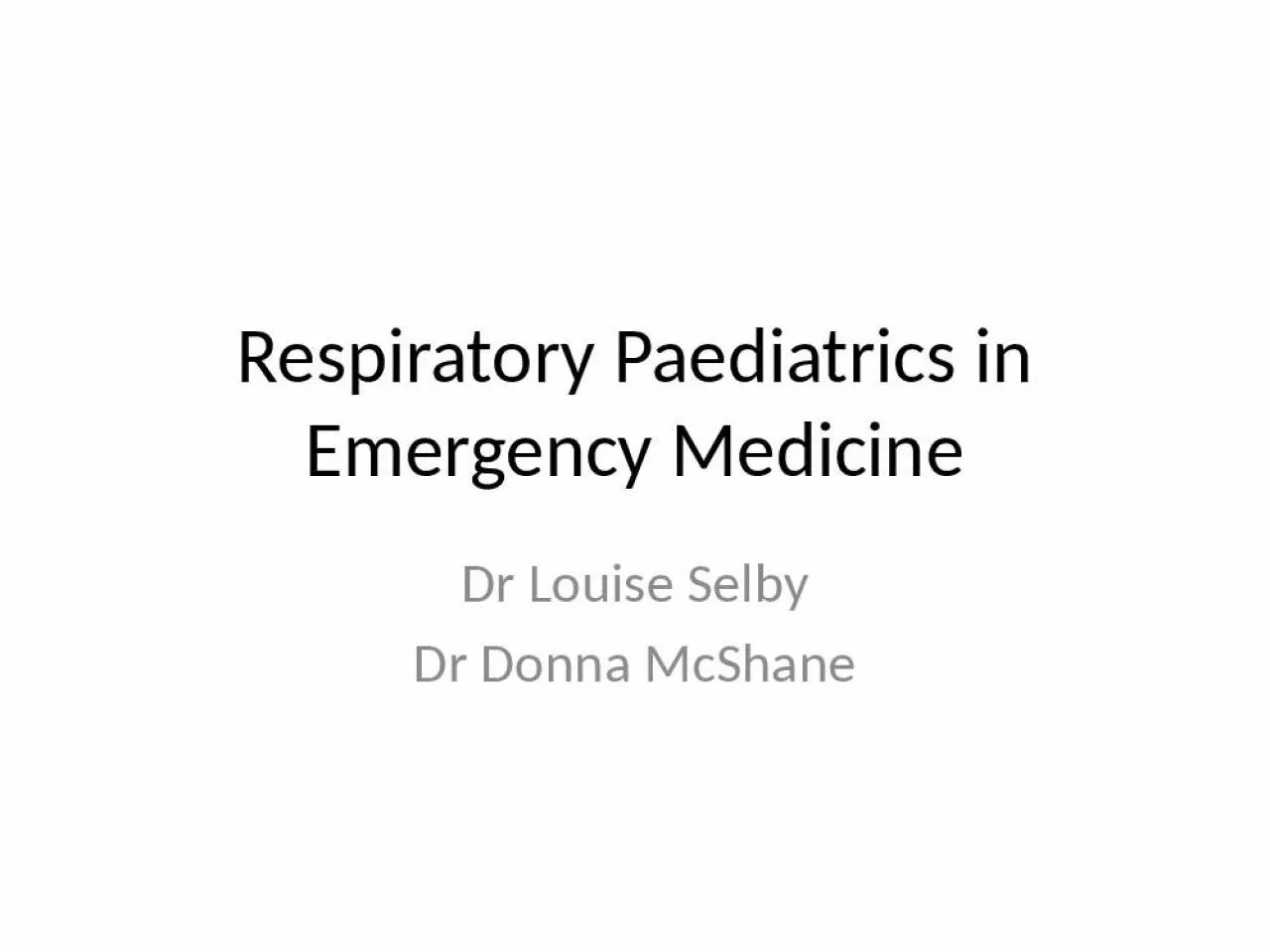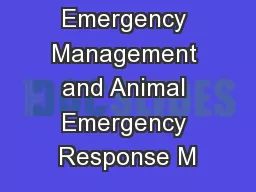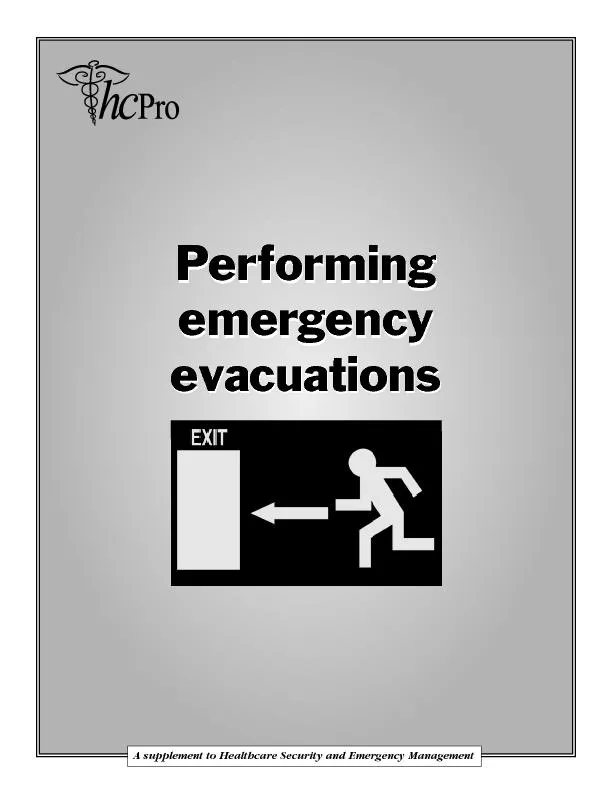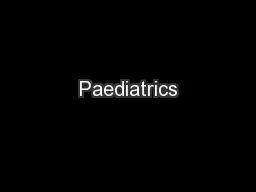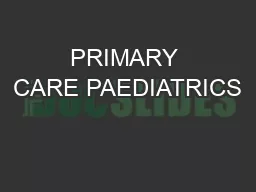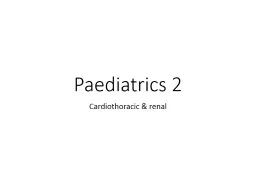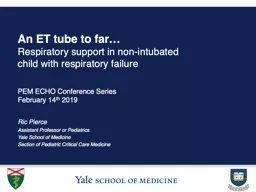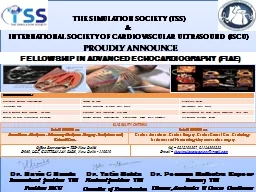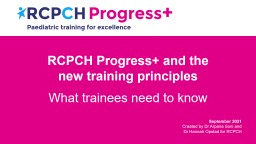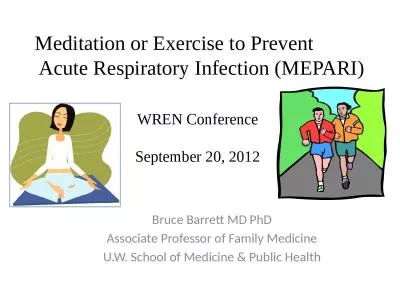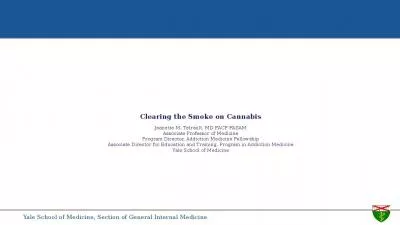PPT-Respiratory Paediatrics in Emergency Medicine
Author : oryan | Published Date : 2022-05-18
Dr Louise Selby Dr Donna McShane Contents The upper respiratory tract The child with noisy breathing upper airway Croup bacterial tracheitis Foreign body Pneumonia
Presentation Embed Code
Download Presentation
Download Presentation The PPT/PDF document "Respiratory Paediatrics in Emergency Med..." is the property of its rightful owner. Permission is granted to download and print the materials on this website for personal, non-commercial use only, and to display it on your personal computer provided you do not modify the materials and that you retain all copyright notices contained in the materials. By downloading content from our website, you accept the terms of this agreement.
Respiratory Paediatrics in Emergency Medicine: Transcript
Download Rules Of Document
"Respiratory Paediatrics in Emergency Medicine"The content belongs to its owner. You may download and print it for personal use, without modification, and keep all copyright notices. By downloading, you agree to these terms.
Related Documents

